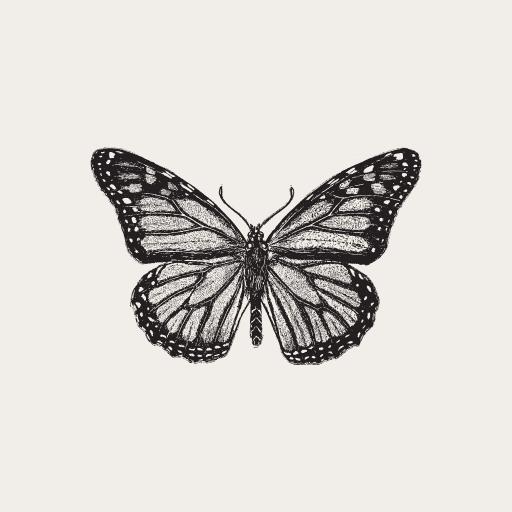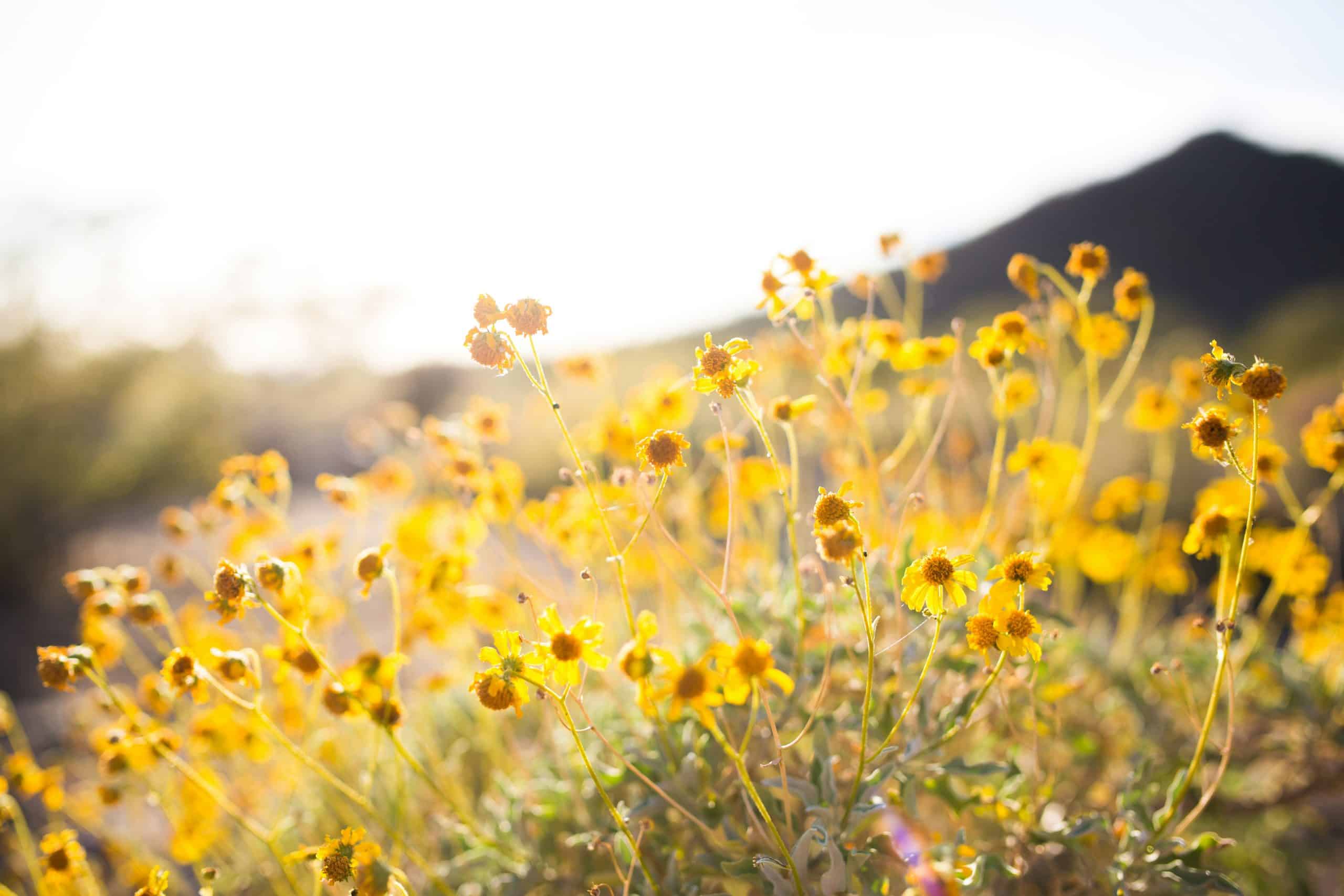How Small Changes Can Lead to Big Impacts
Every morning, I step outside and breathe in the scent of wildflowers swaying in the breeze. The soft hum of native bees fills the air, and butterflies dance between blooms that weren’t here just a few seasons ago. This space—once a patch of lifeless grass—is now a thriving habitat, a small but meaningful piece of a larger conservation puzzle.
The truth is, conservation doesn’t always mean vast wildlife reserves or national parks. It starts at home, in the quiet spaces we often overlook. The little choices we make—choosing a native flower over an ornamental, leaving a patch of ground undisturbed, providing a water source—can ripple outward in ways we may never fully see.
Supporting Local Wildlife and Ecosystems
Nature is interconnected. The birds in your trees, the bees in your garden, the fireflies in the summer dusk—they all depend on plants that have evolved alongside them. When we replace native species with exotic ones, we disrupt those relationships.
Native plants offer food, shelter, and breeding spaces for wildlife that non-native plants simply can’t provide. They support pollinators that are declining at alarming rates, they restore soil health, and they require far less water and maintenance than traditional lawns. By planting even a handful of native species, you’re not just creating a beautiful space—you’re rebuilding an ecosystem.
How Your Backyard Can Contribute to Larger Conservation Efforts
It’s easy to think that one person’s actions don’t make a difference, but that couldn’t be further from the truth. Imagine if every home on your street replaced just a section of their lawn with native wildflowers. Imagine the impact if entire neighborhoods committed to restoring local habitats.
Small conservation efforts add up. One backyard can provide a rest stop for migrating birds. One pollinator garden can support an entire generation of butterflies. Your efforts don’t exist in isolation—they are part of something much bigger.
Easy Changes You Can Make Today
If you’re wondering where to begin, start small. Here are a few ways you can make a difference right now:
- Plant native species: Research plants that naturally grow in your region and incorporate them into your yard.
- Reduce lawn space: Lawns are resource-heavy and provide little ecological value. Even shrinking your lawn by a few feet can help.
- Provide food and shelter: Birdhouses, brush piles, and native shrubs offer safe havens for wildlife.
- Avoid pesticides: Many common pesticides harm pollinators and disrupt ecosystems. Opt for natural alternatives whenever possible.
- Let part of your yard grow wild: A messy corner with native grasses and flowers can become a mini-refuge for insects, birds, and small mammals.
Your Backyard, Your Impact
Look around the space you call home—your yard, your balcony, your garden. What if you saw it not just as a personal space, but as a piece of a larger conservation effort?
Every plant, every tree, every choice you make can either support or diminish the natural world. The beauty of conservation is that you don’t have to do it all at once. Even the smallest step—a single milkweed plant for monarchs, a shallow dish of water for bees—can be the beginning of something powerful.
Conservation isn’t about perfection. It’s about intention. It’s about seeing the world not as something separate from us, but as something we are a part of—and something we have the power to heal.
As an artist and conservationist, I believe in the beauty of small, deliberate actions. Every brushstroke in a painting matters, just as every plant in a garden has a purpose. Together, these small choices create something breathtaking: a landscape where nature thrives, where we reconnect with the world around us, and where future generations can experience the wild beauty we choose to protect today.
FAQ: The Importance of Conservation in Your Own Backyard
Start by planting native species that thrive in your region. Reduce lawn space, provide food and shelter for local wildlife, and avoid harmful pesticides. These small actions can make a big impact on your local ecosystem.
Native plants provide essential food, shelter, and breeding spaces for wildlife. They support pollinators, restore soil health, and help maintain a balanced ecosystem by meeting the specific needs of local animals and insects.
Yes, every small action counts! If every home replaced even a small portion of their lawn with native plants, it would create a much larger positive impact. Your backyard can contribute to larger conservation efforts and support vital species.
Lawns are resource-heavy and don’t provide much ecological value. By reducing your lawn, even by a small amount, you can create space for native plants that support wildlife, require less water, and help improve soil health.
Pesticides can harm pollinators like bees and disrupt local ecosystems. Opting for natural alternatives helps protect wildlife and ensures that your garden remains a safe haven for important species.
Native plants can support a wide range of wildlife, including pollinators like bees and butterflies, birds, small mammals, and insects. These plants offer critical food sources and shelter for these species.
Plant native wildflowers and shrubs that provide nectar and pollen for pollinators. Create a habitat with a variety of plants to support different stages of the pollinator life cycle and consider adding a shallow water source to help them hydrate.
Absolutely! Even a small space can offer a crucial stopover for migrating birds. By planting native shrubs and providing food and water, your backyard can become a safe resting place for birds traveling through your area.
Letting part of your yard grow wild can create a natural refuge for insects, birds, and small mammals. Native grasses and wildflowers provide food and shelter for wildlife, and this approach helps restore biodiversity to your space.
Research local plants that are suited to your region’s climate and soil. Local gardening centers, nature conservation organizations, or state agricultural extensions are great resources for finding native plants in your area.

